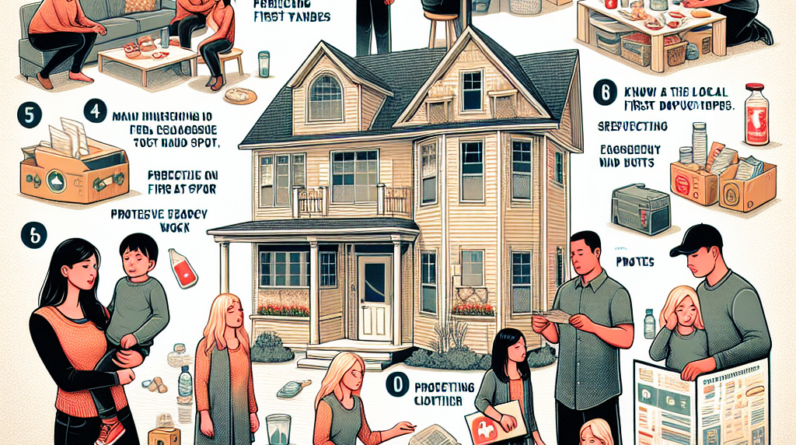Ensuring that emergency equipment is always in top condition is not just a regulatory requirement, but a fundamental aspect of safety and reliability. The following sections delve into the critical reasons and benefits of maintaining emergency equipment regularly.
Ensuring Equipment Readiness
Emergency situations demand perfection and readiness at all times. Experience and countless stories have shown that each item of emergency equipment serves as a crucial lifeline. Consider a fire extinguisher that has been idle for months; without proper maintenance, it’s not just ineffective—it becomes a potential hazard. This is true for all critical equipment, from fire extinguishers to first aid kits, which must be operational at a moment’s notice.
Regular maintenance not only ensures readiness but also instills confidence in both the personnel and the community they serve. For instance, in an emergency involving a defibrillator, its reliability can be the difference between life and death. Regular inspections and maintenance ensure these devices are always ready to perform, preventing any surprises during critical moments.
Committing to a routine inspection schedule is straightforward and can be managed through simple reminders or by collaborating with colleagues. These small efforts are key to being prepared for significant challenges.
Preventing Equipment Failure
Emergency equipment represents a substantial investment, and the costs can escalate if it’s not well-maintained. Regular maintenance helps identify early signs of wear and potential failures, much like how unusual noises in a car signal the need for a check-up. By keeping on top of maintenance, you can often spot early warning signs before they develop into serious problems.
Paying close attention to how equipment operates can help you catch issues when they’re still minor. Addressing these promptly can prevent them from evolving into major failures, which can be costly and dangerous during an emergency. Consider this preventative approach a partnership between you and your equipment, where regular care can save money and ensure reliability when it counts the most.
Enhancing Safety Standards
As safety regulations evolve, maintaining emergency equipment to meet these standards is crucial. Failing to do so can not only render the equipment ineffective but also lead to severe legal consequences. Regular checks ensure compliance with current safety standards, keeping you and your environment safe.
Routine maintenance also offers peace of mind, knowing that your equipment is up to date with the latest safety protocols. This not only helps in achieving compliance but also ensures that you are always prepared with the best possible protective measures.
Extending Equipment Lifespan
Maintaining emergency equipment is essential to extending its lifespan, much like regular oil changes are for a car. Routine maintenance can significantly enhance the longevity and reliability of even the most expensive pieces of equipment, from fire alarms to emergency lighting.
Regular checks can lead to significant cost savings over time. For instance, maintaining a first aid kit by replacing a few items can be far more economical than purchasing new kits frequently. Treating your emergency equipment as a long-term investment can yield dividends in reliability and readiness.
Building a Culture of Preparedness
Instilling a culture of preparedness and regular maintenance within your team or organization can amplify safety and efficiency. When everyone understands and participates in maintenance, it fosters a proactive atmosphere and enhances workplace morale.
Engaging your team through training, workshops, and discussions about best practices in equipment maintenance not only helps in building expertise but also instills a sense of responsibility and pride in maintaining safety standards. This collective effort strengthens the overall preparedness and safety culture within the organization.
FAQs
1. Why is regular maintenance of emergency equipment crucial?
Regular maintenance ensures that emergency equipment is ready for use when needed, preventing equipment failure and enhancing safety standards.
2. How often should emergency equipment be checked?
It’s best to check emergency equipment at least once a month, but some items, like smoke detectors, should be checked more frequently.
3. What can happen if emergency equipment isn’t maintained?
If not maintained, emergency equipment can fail during critical moments, potentially leading to injuries or even loss of life.
4. How does maintenance save costs in the long run?
Regular maintenance helps catch minor issues before they escalate into major repairs or replacements, thus saving costs.
5. How can I encourage my team to participate in maintenance?
Involving your team in maintenance through training and discussions helps build a culture that values safety and preparedness, enhancing overall engagement and responsibility.


